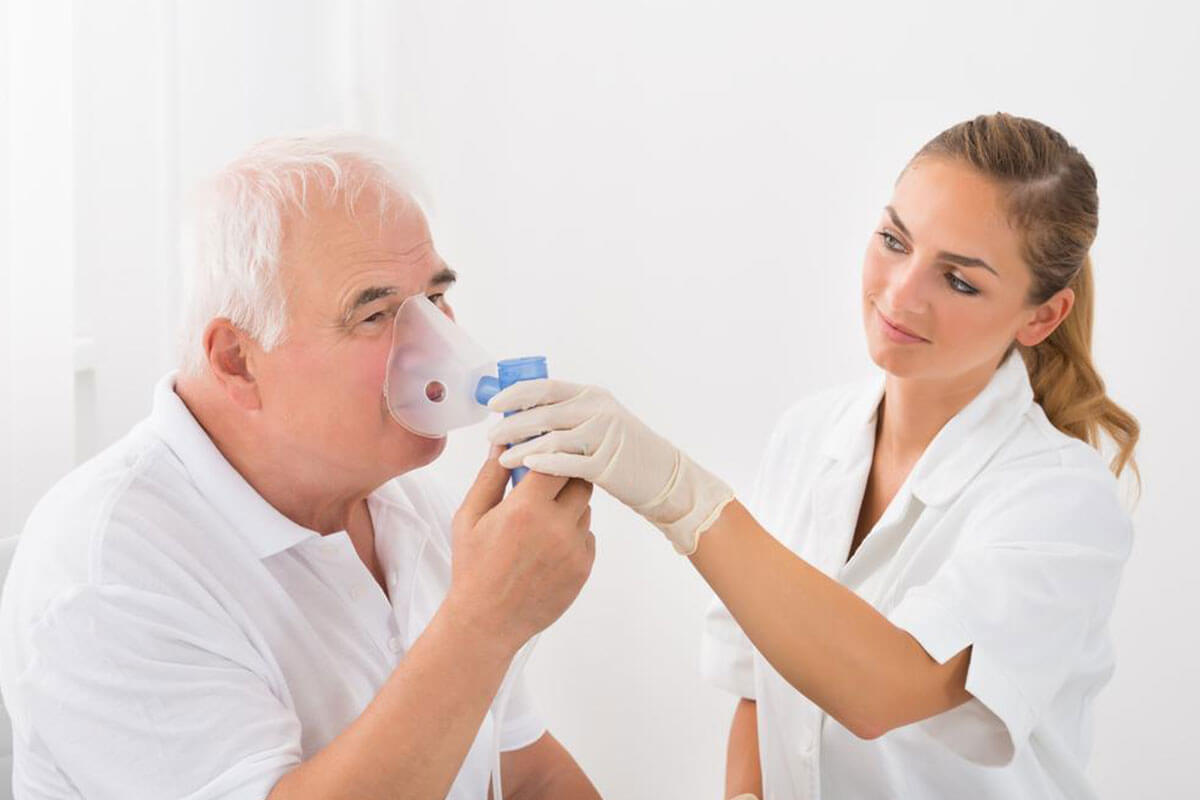Respiratory disorders – the signs and treatments of COPD
COPD or Chronic Oppressive Pulmonary Disorder is not a single condition. It simply means a condition of the lungs which makes breathing difficult because of chronically constricted air passages. Chronic bronchitis, emphysema, asthma, cystic fibrosis, all can cause COPD. The cause is constant irritation of the lung specifically the bronchi and bronchioles and a genetic predisposition. This leads them to swell and secrete mucus. As the condition continues, the bronchioles and alveoli lose the elasticity.

COPD signs and treatment
Signs and symptoms of COPD, which is very insidious, appear only after significant damage has happened to the lungs. The initial symptoms are very much like asthma or chronic bronchitis, tightness of chest, breathlessness or shortness of breath on exertion, wheezing and chronic cough with sputum generation, clearing one’s throat first thing in the morning because of the mucus accumulation in the lung, blueness of the lips or fingernail beds, frequent respiratory infections, lack of energy and swelling in ankles, leg or feet. One may also suffer unexplained weight loss. Medical COPD also has periodic flare-ups of symptoms which last for several days.
However, as the condition deteriorates, the lung does not transfer enough oxygen to the blood. The patient starts to suffer oxygen deficiency or hypoxemia. It may be only when the individual exerts physically the deficiency become apparent in breathlessness or in shortness of breath. On further deterioration, the lack of oxygen may start to be felt in sleep also. The condition has reached a critical condition and oxygen needs to be supplied by mechanical means. Continued unabated hypoxemia leads to further complications like pulmonary hypertension and right ventricular hypertrophy and ultimate failure. COPD can cause lung cancer too.
Treatments for COPD
Acute conditions require hospitalized treatment, and one might need to use inhalers for COPD, undergo drug treatment and even COPD oxygen therapy.




